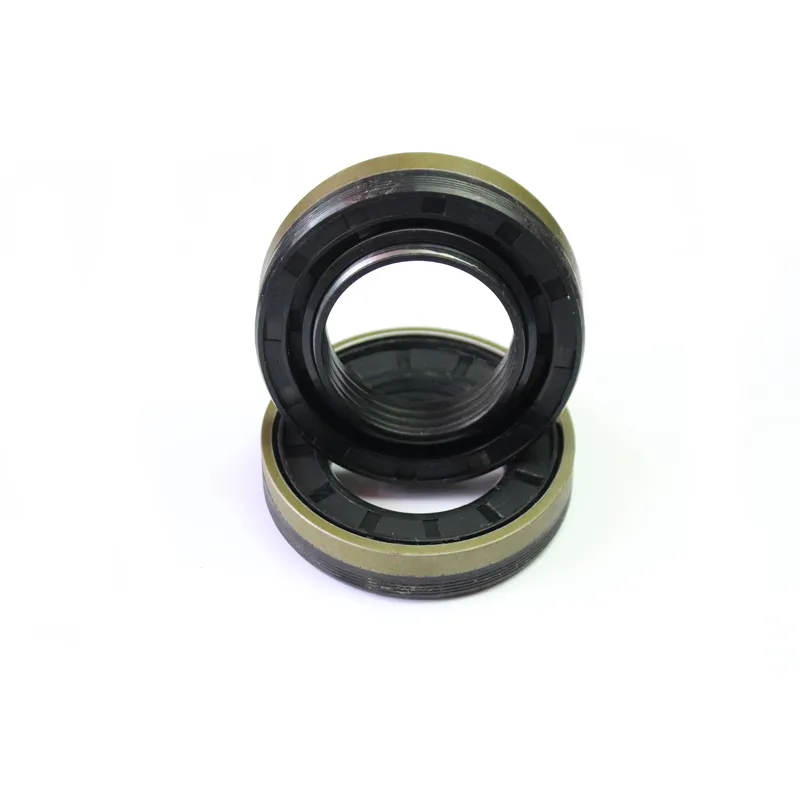Rear Axle Wheel Seal Replacement Guide and Maintenance Tips for Optimal Performance
Understanding Rear Axle Wheel Seals Importance, Function, and Maintenance
The rear axle wheel seal is an essential component of any vehicle's drivetrain system, playing a crucial role in the overall performance and longevity of the vehicle. Understanding the function and significance of this component allows vehicle owners and operators to ensure proper maintenance and optimize performance.
What is a Rear Axle Wheel Seal?
The rear axle wheel seal is a protective barrier located at the interface where the axle shaft enters the rear differential housing. Designed to keep lubricants within the axle assembly, the seal prevents contaminants such as dirt, water, and debris from entering the axle system. The effective sealing action facilitates smooth operation, minimizes wear on internal components, and ensures the correct functioning of the vehicle’s drivetrain.
The Importance of Rear Axle Wheel Seals
The rear axle wheel seal serves several critical functions. Firstly, it contains the lubricant (usually gear oil) that lubricates the gears and bearings within the axle assembly. Proper lubrication is vital because it reduces friction, which is a leading cause of wear and tear. Secondly, the seal protects the axle system from external contaminants, which can cause corrosion, damage, and ultimately lead to axle failure. If the seal fails, it can lead to leaks, resulting in lubricant loss and insufficient lubrication of vital components.
Additionally, a compromised seal may allow moisture and dirt to infiltrate the assembly, which can lead to severe mechanical failures and costly repairs. Hence, maintaining the integrity of the rear axle wheel seal is crucial to ensuring the reliability and safety of the vehicle, especially for trucks and heavy-duty vehicles that rely heavily on their rear axles.
Common Signs of Seal Failure
rear axle wheel seal

Recognizing the early signs of rear axle wheel seal failure can save vehicle owners from more significant problems down the road. Some common indicators include
1. Oil Leaks Visible oil pooling beneath the vehicle or around the axle area is often the most apparent sign of a failing seal. 2. Noise Unusual grinding or whining noises coming from the axle can indicate insufficient lubrication due to a leaky seal. 3. Overheating If the differential or axle components are running hotter than normal, it could be a sign that the lubrication is compromised, often linked to seal failure.
Maintenance and Replacement
Regular inspection of the rear axle wheel seals should be part of routine vehicle maintenance. Vehicle owners should check for signs of leaks or wear during oil changes or routine service intervals. If any issues are detected, timely replacement of the seal is crucial to prevent further complications.
Replacing a rear axle wheel seal typically involves disassembling parts of the rear axle assembly, which may require specialized tools and expertise. Therefore, it is often advisable to seek the assistance of a qualified mechanic.
Conclusion
The rear axle wheel seal is a small but vital component in a vehicle’s drivetrain system. Understanding its function and recognizing the signs of failure can help vehicle owners maintain their vehicles effectively and avoid costly repairs. Regular inspections and timely replacements of worn seals will ensure optimal performance, enhance the vehicle’s lifespan, and guarantee safety on the road. As with many aspects of vehicle maintenance, paying attention to the rear axle wheel seal can save time, money, and ensure a smooth ride.
-
Simplifying Oil Changes: A Comprehensive Guide to Oil Drain Plugs and Their Variants
News Aug.04,2025
-
Mastering Oil Drain Maintenance: Solutions for Stripped, Worn, and Upgraded Oil Plugs
News Aug.04,2025
-
Fixing Oil Pan Plug Issues: Leaks, Stripped Nuts, and the Right Replacement Solutions
News Aug.04,2025
-
Everything You Need to Know About Oil Drain Plugs: Sizes, Fixes, and Upgrades
News Aug.04,2025
-
Choosing the Right Oil Drain Plug: A Guide to Sizes, Materials, and Drain Innovations
News Aug.04,2025
-
A Complete Guide to Automotive Drain Plugs: Types, Problems, and Innovative Solutions
News Aug.04,2025
-
The Ultimate Guide to Car Repair Kits: Tools and Essentials Every Driver Should Own
News Aug.01,2025
Products categories















